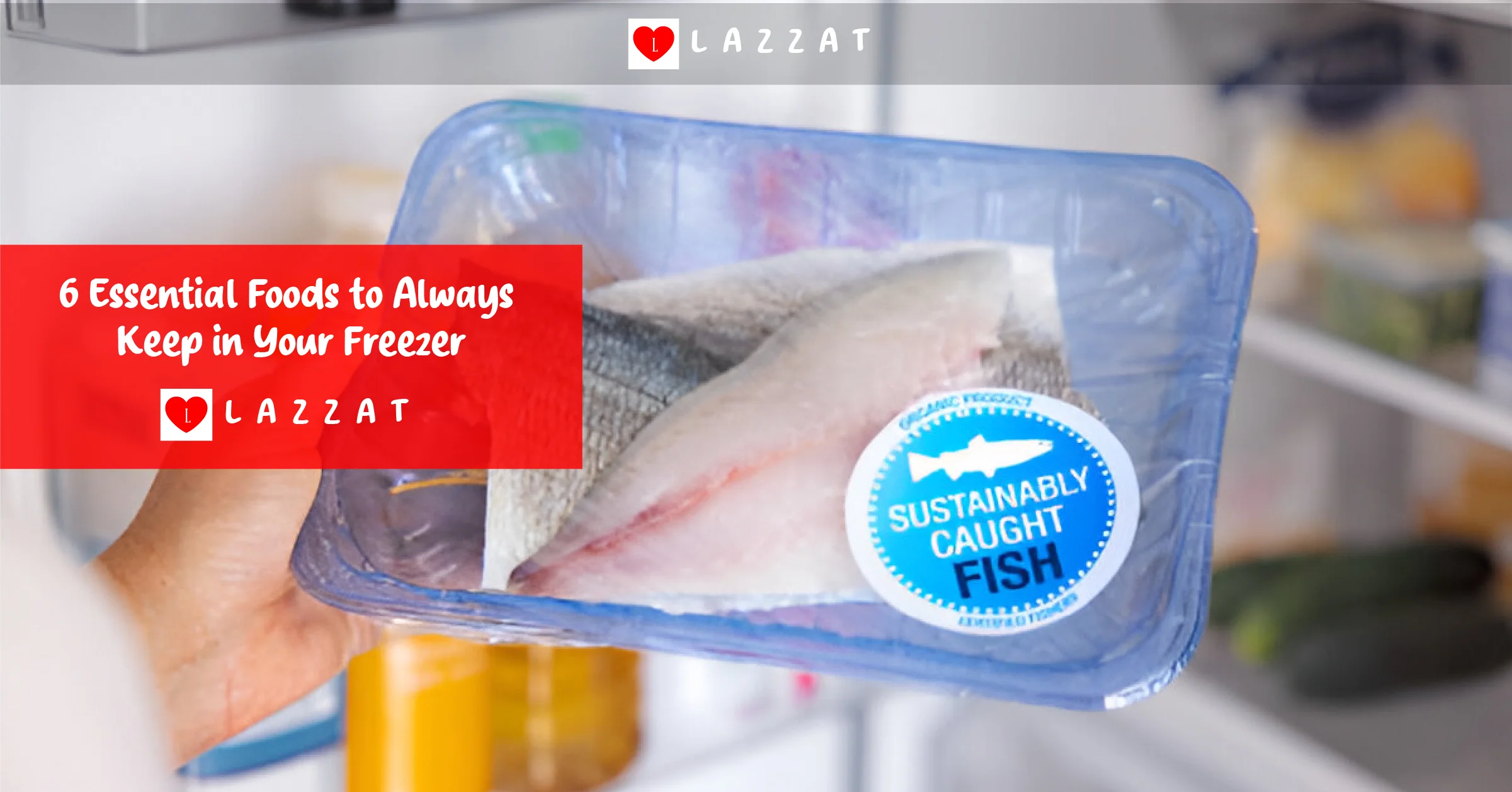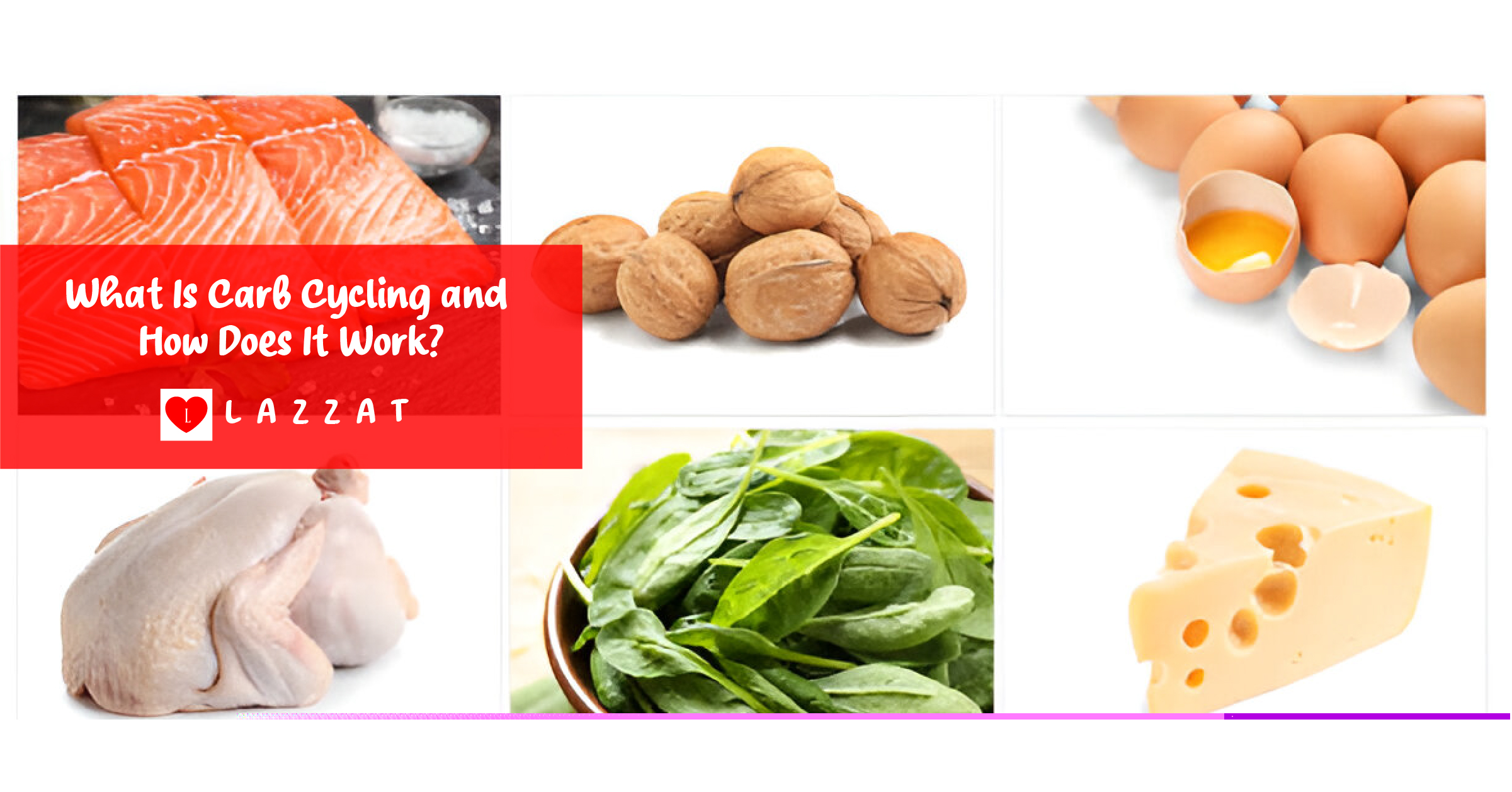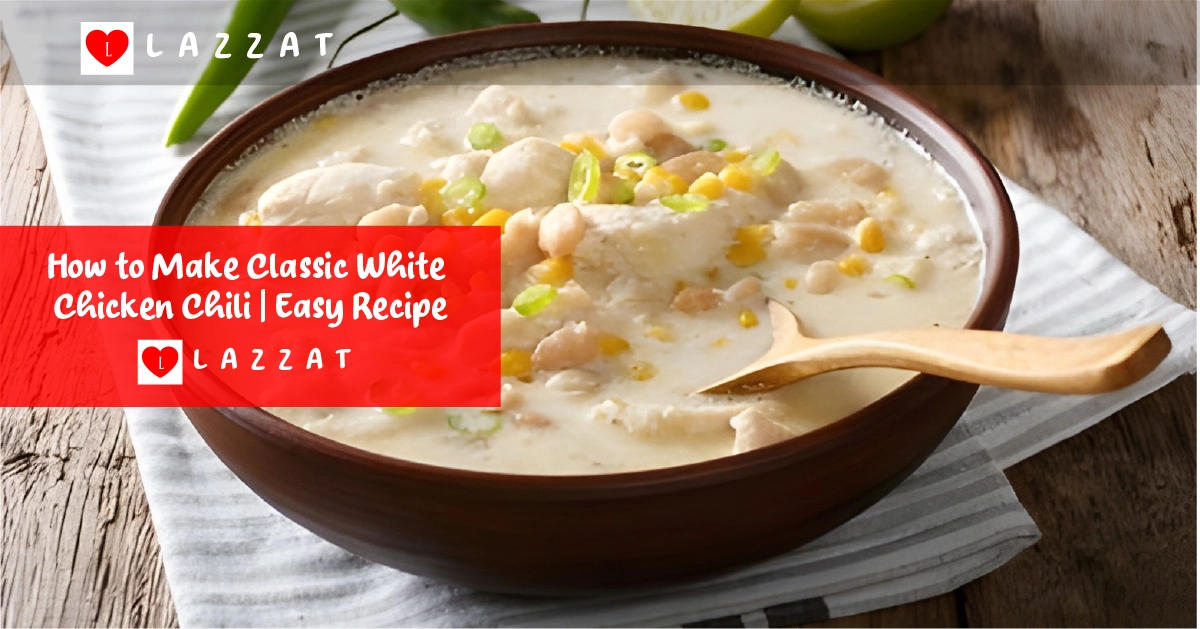In today’s fast world, keeping food fresh is key. Luckily, you can use old and new ways to keep food good without a fridge. This guide will show you how to keep your food fresh, using natural me...
Home / Easy Method
Browsing Tag: Easy Method
Featured Posts
6 Essential Foods to Always Keep in Your Freezer
Apr 07, 2025What Is Carb Cycling and How Does It Work?
Apr 05, 2025Delicious & Low-Calorie Recipes for Your Diet
Mar 29, 2025Category List
- Latest
- Popular






